Every company that has anything to do with the outdoor retail industry is making a tent and placing it on the market. With different price points, features, colors, weight, and retail propaganda, they all seem to have a market. Variety and selection is what customers want and retailers know this, but how much is too much before it becomes overwhelming and maybe a bit unnecessary?
A tent's life is all in how you treat it, maintain it, store it, and sometimes baby it, and sometimes if you do that right, you don't need to forfeit your kid's college money. What I want to do is give you a brief overview of what's out there and what features to look for.
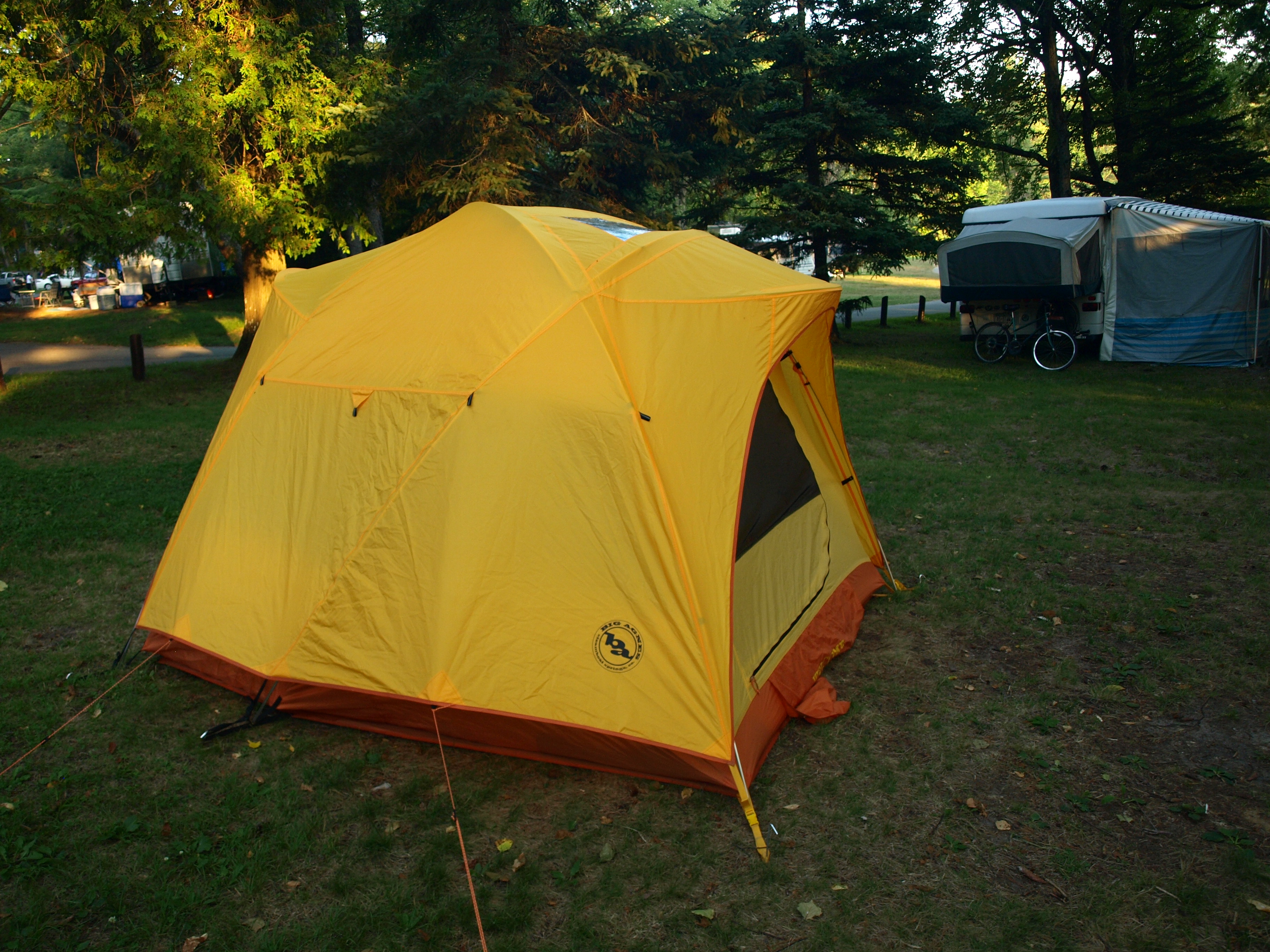
Does size really matter?
This might sound kind of like a no-brainer, but correct sizing can be misleading. First off, a three-person tent is just that: For three people. There will be no extra room for gear or the family dog. If you need that extra room, think about a three-person tent for a two-person outing. That way you can have room to store your gear inside so it doesn't get wet in case of a rain storm, you can spread out, and you can actually have elbow room.
If you are a tall individual, you might have to shop around a bit for a longer tent with added leg room. At 6 feet, 2 inches tall, even my feet or head rub the walls of many tents. When shopping, look at the dimensions of the footprint of the tent. You don't want your feet or head pressed up against the sides as this can lead to rubbing in spots, which can lead to condensation on the inside of the tent and leakage.
In the winter, a two-person tent should be for two people, a three-person tent for three people, and so on. Do not worry about your gear in winter. Unless it has to stay warm (camera, GPS, medicines) leave it outside, cover it with a tarp, and call it good. The less dead space inside the tent the better. Dead, unused space is hard to heat, so a smaller tent is much easier to heat with body warmth.
Are there tents for certain seasons?
There truly are tents that are better for one season than another. This is less important during the warmer months, but during the colder times of year you may need to think about a different tent. Warm season tents tend to have much more mesh on the walls and better ventilation. This is great on a muggy 60-degree night, but not on a night when the temperature drops to 10 degrees. If you're camping in summer, get a three-season tent. In spring or fall, you can still get away with a three-season tent as long as you are not reaching too far into the winter season. Of course there is nothing saying that a three-season tent won't work in January, but just keep in mind you may not be as warm.
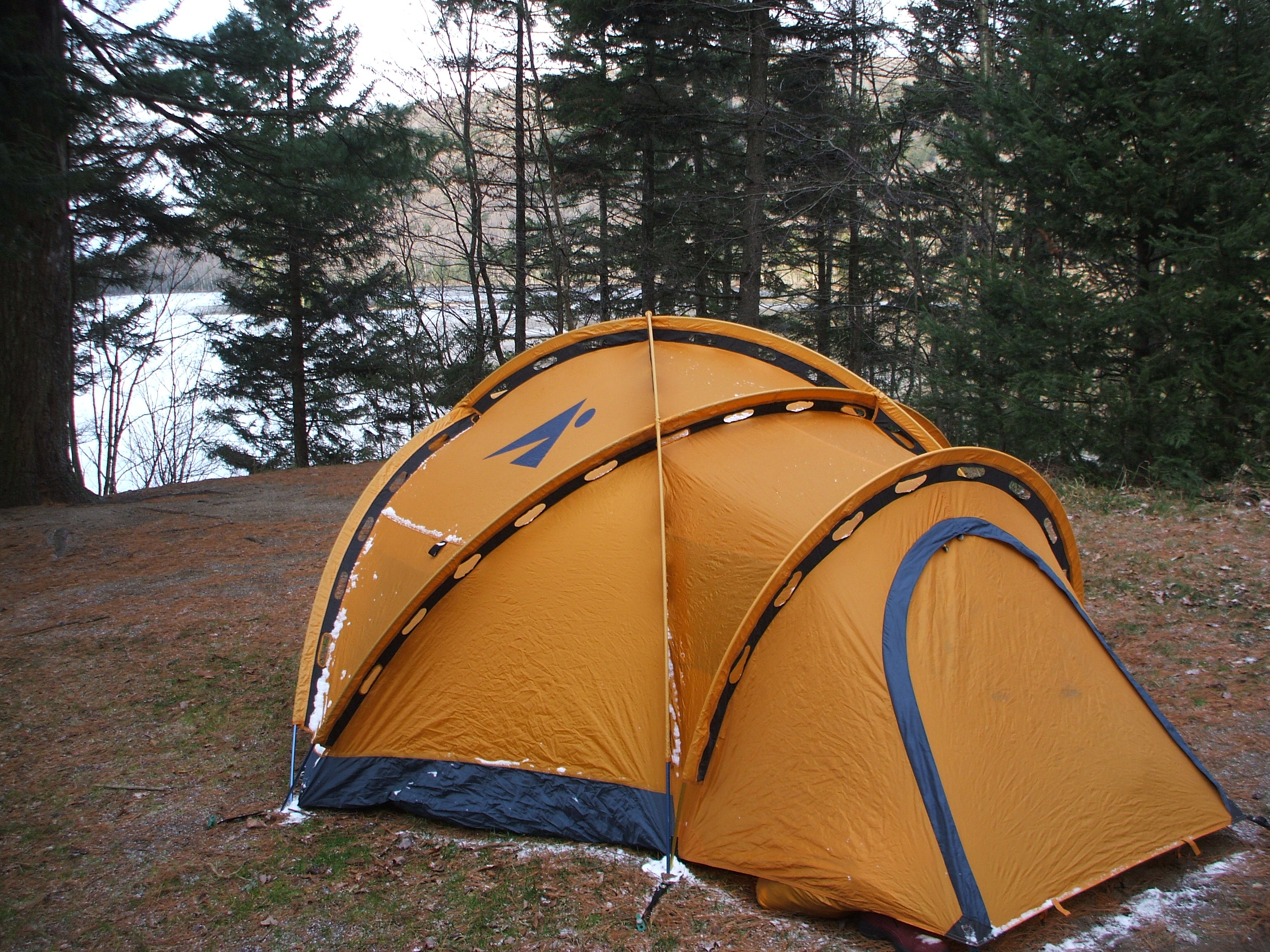
Winter tents have little to no mesh and much thicker fabric. Sure, this makes them heavier, but that also protects you from the elements and keeps in the heat. There are many other smaller features to a winter tent, but to keep it simple — if you are camping in winter, get a four-season tent.
Family tents
These massive shelters are built for car camping and are not designed to be carried long distances. They can have several smaller rooms for added privacy and canopies built into them for rain and sun protection. Due to the fact they don't get beat up in the backcountry, these tend to last quite some time, especially if you are gentle with them.
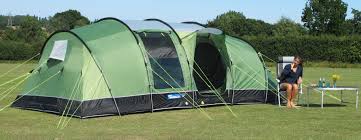
Bivy Tents
These tiny structures are for solo camping or emergency shelters. They are typically built for one person, but two person ones can be found as well. The designs on these are close to a glorified sheet that goes around you, and some have one or two short poles to create a small dome over your head. These are very lightweight and considered a minimalist approach to backpacking. As I mentioned, many day hikers will carry a bivy, especially in winter, as an emergency shelter for an unplanned night in the woods.
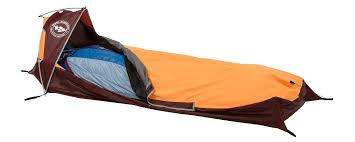
Cost of a tent
The cost of a tent is based on the different features of the tent, and the brand name sewn onto the tag or stamped on the side. Often this name carries a higher price, even if the materials are no different. The quality of the materiel, craftsmanship, type of material, and size of the tent all play a part in the cost. Supply and demand also play a role, and if a tent is new to the market and getting amazing reviews, you will pay a bit more as well. You can go to a variety superstore and buy a tent for $20, but will that suffice? It might for a weekend or maybe even a season if you take care of it, but don't expect the world from it. One of my first tents was a $19.95 special at Ames — do you remember Ames? It lasted a few seasons of intense use, but leaked like a sieve no matter how much sealer I put on the seams.
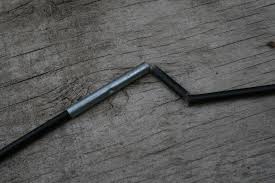
Should you order a $500 tent online, thinking it will get you an entire backpacking career? You could, and it might. Now with that $500 you may be getting more than you need, or you may be paying for a name. $500 is not unheard of for a four-season tent. I have found that someplace in the middle is a nice area to wander. With that $150 to $200 tent you will usually get great customer service, a good brand name, solid materials, and a warranty. You don't get that for $20.
Shopping around the block
There is not a huge turnover in the tent market. Outfitters don't sell a ton of tents, mainly because a tent is not a disposable piece of gear, it's an investment. Watch for discounted items, discontinued items, holiday or weekly sales, and overstock blowouts — these will get you a better tent at lower prices. Read reviews and do some research before you jump into something and regret it later. Rent a tent before you buy one. Many outfitters have rental programs on current or similar tent models.
After you buy your tent
Post new-tent purchase, you need to do a couple of things before you head out. First off, set it up and make sure all of the parts are in the package and that you know how to do it. Manufacturers make mistakes too and sometimes forget a vital piece, like a pole. Trust me, it happens.
Pieces can also get lost at the outfitters. An outfitter will set up a tent for you in the shop and at times they misplace a part because, as you know, or will soon find out, the tent never goes back in the sack the same way twice. Once up, make sure there are no factory defects, rips, stains, etc. If there are, ask for a discount or grab another and start over.
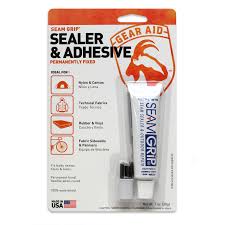
Once the tent is up, seal all of the seams. Buy seam sealer right at the outfitters. The easiest to apply has a sponge applicator. There is a seam along the top of the tub of the tent, and some that might run up the sides and around the windows. Hit all of these. The tent also comes with a rain fly that goes over the body of the tent, so seal that along the seams, then double check that the tub on the tent is completely covered. I always seam seal both sides of all seams.
Also, make sure you have a repair kit with you. Most tents come with them, so don't just throw them aside and assume that it's new and won't break.
The poles are the most important. An oversleeve and duck tape for a temporary fix doesn't weigh anything in the grand sceme of things.
Tent upkeep is a completely different ball of wax. Check back soon for more details on camping gear care and storage.
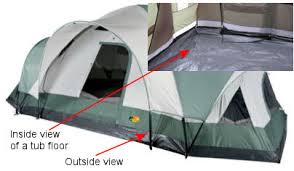
Need more information on tents? Stop into a local gear shop for details and ask for a trained, knowledgeable representative. Looking for the perfect place to try out your new gear? Swing by a local bookshop for a guide to the High Peaks Region. Never camped before? Seek out a local guide service for details on an introduction to backpacking course.






